Nailbreak
Break an iron nail with your bare hands!
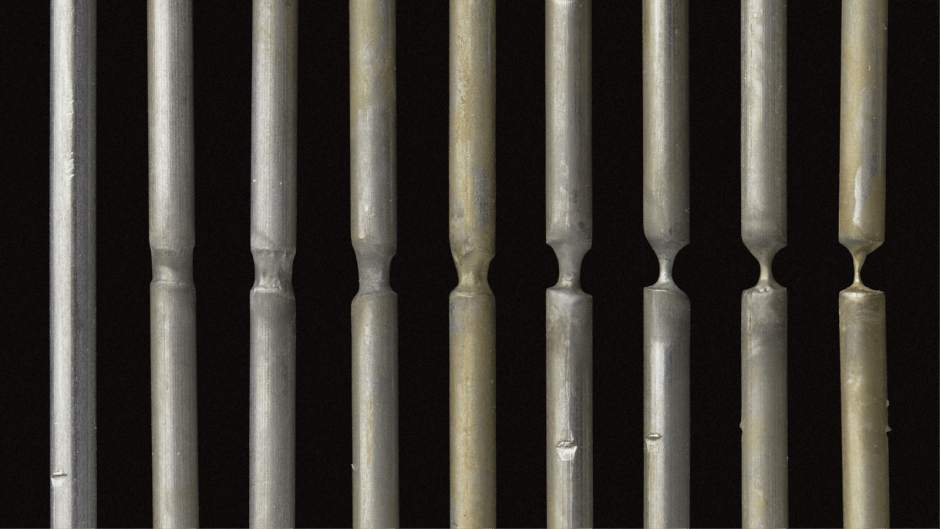
Do this experiment at home
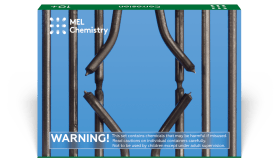
This experiment is included into Corrosion kit along with stopping corrosion and iron corrosion. Subscribe and get everything you need to do this experiment at home.
Learn more →
Reagents
1. Iron nail
2. Sodium chloride
Safety
1. Put on protective gloves and eyewear.
2. Conduct the experiment on the plastic tray.
- Do not allow chemicals to come into contact with the eyes or mouth.
- Keep young children, animals and those not wearing eye protection away from the experimental area.
- Store this experimental set out of reach of children under 12 years of age.
- Clean all equipment after use.
- Make sure that all containers are fully closed and properly stored after use.
- Ensure that all empty containers are disposed of properly.
- Do not use any equipment which has not been supplied with the set or recommended in the instructions for use.
- Do not replace foodstuffs in original container. Dispose of immediately.
- In case of eye contact: Wash out eye with plenty of water, holding eye open if necessary. Seek immediate medical advice.
- If swallowed: Wash out mouth with water, drink some fresh water. Do not induce vomiting. Seek immediate medical advice.
- In case of inhalation: Remove person to fresh air.
- In case of skin contact and burns: Wash affected area with plenty of water for at least 10 minutes.
- In case of doubt, seek medical advice without delay. Take the chemical and its container with you.
- In case of injury always seek medical advice.
- The incorrect use of chemicals can cause injury and damage to health. Only carry out those experiments which are listed in the instructions.
- This experimental set is for use only by children over 12 years.
- Because children’s abilities vary so much, even within age groups, supervising adults should exercise discretion as to which experiments are suitable and safe for them. The instructions should enable supervisors to assess any experiment to establish its suitability for a particular child.
- The supervising adult should discuss the warnings and safety information with the child or children before commencing the experiments. Particular attention should be paid to the safe handling of acids, alkalis and flammable liquids.
- The area surrounding the experiment should be kept clear of any obstructions and away from the storage of food. It should be well lit and ventilated and close to a water supply. A solid table with a heat resistant top should be provided
- Substances in non-reclosable packaging should be used up (completely) during the course of one experiment, i.e. after opening the package.
FAQ and troubleshooting
- The spacing between the tubes should be about 2 mm.
- The nail with tubes should be connected to the red wire of the battery holder.
- The crocodile clip should be connected to the head of the nail with tubes.
- The crocodile clips must not touch.
Other experiments
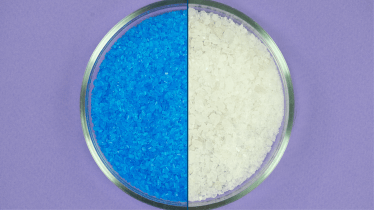

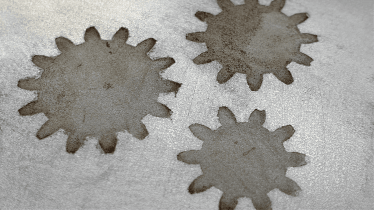
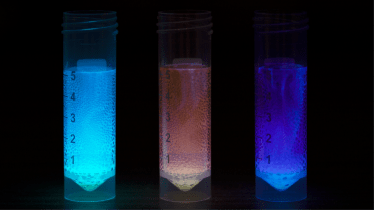
Step-by-step instructions
We will need an electrolyte solution—for example, a solution of sodium chloride.
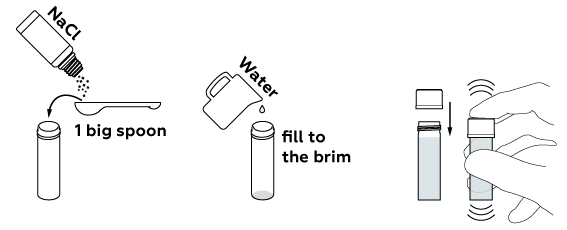
Use silicon tubes to protect most of the surface of one nail from corrosion. Leave another nail as is.

Attach the positively charged electrode (red) to the protected nail (which we will soon break), and the negatively charged electrode (black) to the bare nail.

Put the nails, connected to the battery, into the electrolyte solution. The battery will take electrons from one nail and transfer them to the other nail. As a result, the nail with an electron deficit will gradually dissolve.
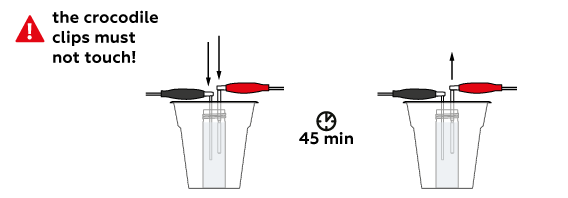
Disposal
Dispose of solid waste together with household garbage. Pour solutions down the sink. Wash with an excess of water.

One of the most exciting and ambitious home-chemistry educational projects
The Royal Society of Chemistry
